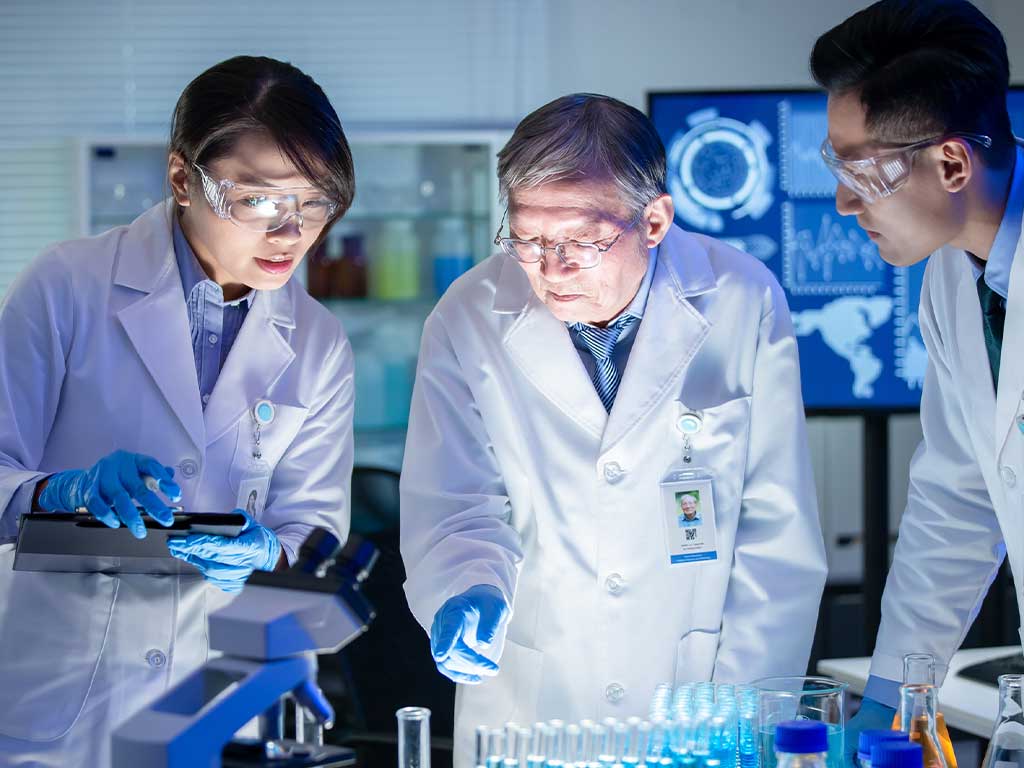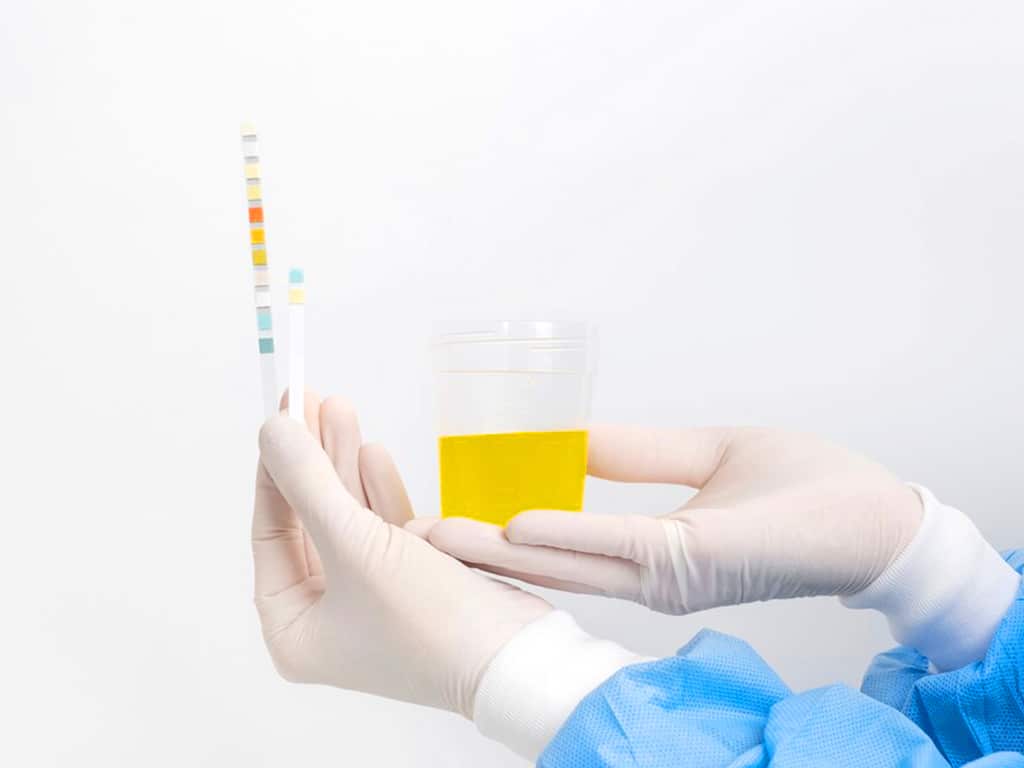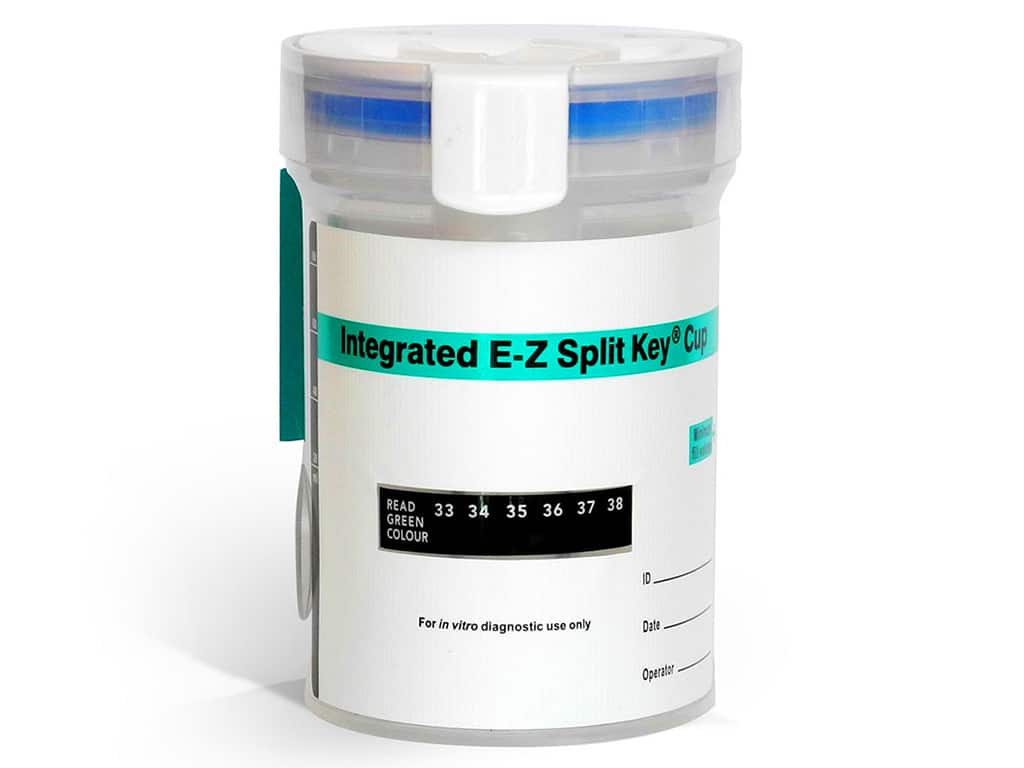Urine Drug Test Training: Importance, Collection Requirements, & Methods of Testing
02 April, 2024

Urine drug test training is crucial for individuals administering and interpreting drug tests. This training ensures the testing process is accurate, reliable, and in line with established protocols. Individuals must earn the certification to collect specimens for drugs of abuse testing. This includes knowing how to handle, store, and document urine samples and test devices. It also involves following a strict chain of custody requirements. Choosing a reliable program is vital to receiving proper training about the testing methods.
Drug testing is used in various settings, including workplaces, schools, and rehabilitation facilities. This measure is following health and safety policies to maintain a drug-free environment. Therefore, ensuring qualified personnel to administer the test is crucial. Program participants can also explore wide employment pathways after completing the program. The following sections will explore the significance of urine testing courses, collection requirements, and the testing method.
Importance of Urine Drug Test Training
Urine drug test training plays a vital role in ensuring competency in administering and interpreting drug tests. It helps individuals understand the importance of accuracy and reliability in the testing process. Proper training equips individuals with the knowledge and skills to collect, handle, and analyse urine samples. This helps maintain the test integrity and ensures that individuals receive fair and accurate results.
Individuals who want to pursue a career in drug and alcohol testing must also learn how drugs work and their effects on the body. The training course will also teach the legal and ethical considerations of drug testing. Moreover, they will learn to address the legislative requirements of workplace or onsite drug testing.
Additionally, the learning program helps individuals follow proper procedures and protocols. This minimises the risk of errors or inaccuracies in test results. They will also know how to handle and address any issues. This ultimately promotes a culture of safety, accountability, and well-being in a community or organisation.
Brief Overview of the Components of the Training
- Classroom training or online learning teaches theory-based principles. This includes information on the different types of substances, the effects of drugs, and common signs of drug use.
- Comprehensive training packs are available for individuals to study at their own pace.
- The practical components include procedures for specimen collection, handling, and storage.
- Students will be trained on different methods of urine drug testing, such as immunoassay screening and Gas Chromatography-Mass Spectrometry (GC-MS).
- The practical assessments may include correct interpretation or results and respectful communication with clients. This ensures reliability and admissibility in legal proceedings if necessary.

Urine Drug Test Training – Collection Requirements
Proper sample collection is an essential component of urine drug test training. Individuals will learn the specific requirements for collecting urine samples. First and foremost, the drug and alcohol testing officer must provide valid identification and consent forms to donors. This helps to ensure that the sample belongs to the correct individual.
Secondly, use sterile drug test cups. Urine samples should be collected in a clean container to prevent contamination or tampering. The sample volume requirement is typically 30mL, depending on the type of test. Furthermore, the collection requirement also includes providing the donor with a clean and private area to provide the sample. Afterwards, proper labelling and documentation processes are important to maintain the chain of custody procedures.
Lastly, the testing personnel must secure the urine test cups to avoid spills or leaks during transportation. This includes specific protocols for packaging specimens for laboratory testing. Timely shipping of the samples is also vital to prevent degradation and ensure the test integrity.
Specimen Handling and Storage
A crucial aspect of the drug and alcohol testing training course is learning how to handle and store urine specimens correctly. The practice principles include proper labelling. The screening officer must label the sample with essential information, including the name, identification number, and collection date and time.
Storing the urine samples involves temperature monitoring. The training will cover storing the urine specimens at the correct temperature to prevent degradation. In addition, specimens should be securely stored in a locked refrigerator or freezer to prevent unauthorised access. Overall, proper documentation and meticulous handling of urine samples are important to adhere to the chain of custody protocols.

Urine Drug Test Training – Methods of Testing
In urine drug test training, individuals will learn about the different testing methods. The first method is immunoassay screening. This is often the initial step in drug and alcohol testing procedures. It involves urine specimen collection and rapid analysis, usually on the spot. This test uses reagents to detect drugs of abuse in urine and return the results within minutes.
The second test is the GC-MS analysis. This technique is more advanced and sensitive, involving separating and identifying specific substances in the sample. Thus, this method can provide precise quantitation of drugs. Additionally, its ability to provide accurate and detailed information regarding drug use is suitable for confirmatory testing.
Laboratory confirmations are vital if the preliminary screening returns a non-negative test result. This measure validates if the person has taken drugs or if other factors are causing a non-negative outcome. Therefore, it minimises instances of false positives, making the testing process more reliable. Furthermore, participants will learn oral fluid and alcohol breath testing.
Detectable Substances
Collection centres test for a wide range of substances. Urine can detect various drugs and their metabolites for up to 72 hours. It typically includes marijuana (cannabis), cocaine, opioids, ecstasy (MDMA), and methamphetamines. Certain prescription drugs are also included, such as benzodiazepines, morphine, and amphetamines. These substances have detrimental effects on the mind and body.
Some tests may also include ethanol detection. However, most alcohol screening process uses breathalysers. It is a handheld device that can measure Blood Alcohol Concentration (BAC). Moreover, some companies may require testing for particular drugs. Thus, experienced collectors may conduct special procedures for specific workplace testing requirements and needs.
Conclusion
Urine drug test training is essential for individuals who want to work in the drug and alcohol testing industry with a collection role. The program teaches students both classroom-based theories and practical elements of drug testing. This includes an understanding of drug chemistry, their effects on the body, and legal considerations. Additionally, participants must demonstrate proper procedures for specimen collection and quantitation of drugs. Therefore, they can follow the chain of custody requirement and regulatory standards for reliable testing.
There are two common types of urine testing. These are immunoassay and GC-MS tests. Each method uses different techniques to detect drugs in urine samples. Thus, proper training on these methods is crucial to ensure accurate results. Overall, a comprehensive understanding of the testing method can help individuals perform their duties in drug testing confidently. Successful completion will earn them certification, allowing them to work in various settings and contribute to safety.






























